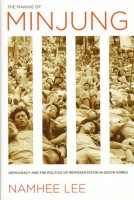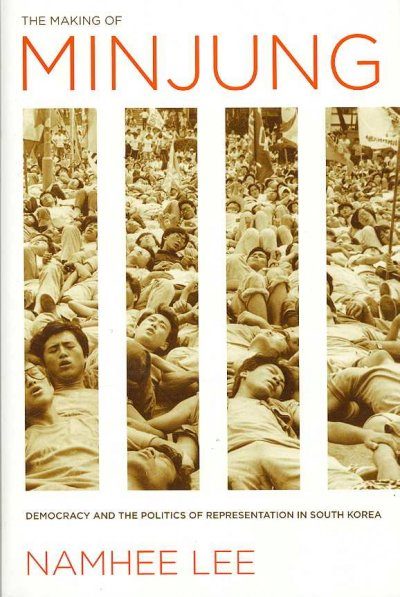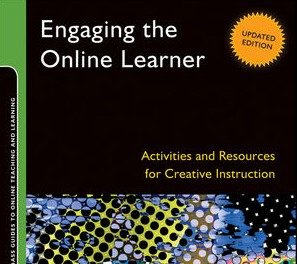 Author: Namhee Lee
Author: Namhee Lee
Publisher: Cornell University Press – 349 pages
Book Review by: Deekay Daulat
Minjung means the common people, and in the context of this book, it refers to oppressed people.
In this book, Ms. Namhee Lee provides an account of the political development of modern Korea, particularly on how social activism played a key role in bringing about democracy to South Korea.
She relates how intellectuals, students, and laborers together challenged the existing political elite and helped democratize the country. Providing a colorful cultural and historical background and the roles many people played, Lee relates to us how the political movement developed in the 1970s and 1980s rallied the nation to topple an authoritarian military regime that repressed the people. Then, she details how the minjung brought about a parliamentary democracy.
What is commendable about this book is that a lot of discourse is based upon facts found in historical sources such as court documents, diaries, interviews with those involved in the movement, newspaper reports, pamphlets, and other sources. Oftentimes, we read books based mostly on opinions that have no foundation. This one is refreshingly different. Namhee Lee’s intelligence and diligence provides us a modern political history of South Korea based on facts and her very valuable insight
This story of how South Korea became a democratic state is told in eight informative chapters organized around three sections:
- Part I. The Crisis of Historical Subjectivity
- Part II. Building a Counterpublic Sphere
- Part III. The Politics of Representation
The author writes that the minjung movement had a political culture that was very effective in bringing about change in South Korea. Lee compares it to Lynn Hunt’s study of the French Revolution wherein the agents of change had a common set of “values, expectations and implicit rules that expressed and shaped collective intentions and actions, which in return call a new political subjectivity into existence.”
She adds that such a political culture consists of symbolic practices, among which were shared codes, images, languages and visions. In short, because the minjung movement had a coherent and unifying identity, it succeeded.
A brief history of the division of Korea into a Communist North Korea and a democratic South Korea is in order here for the reader to understand the impact of the minjung movement. According to an article in Wikipedia:
The division of Korea into South Korea and North Korea stems from the 1945 Allied victory in World War II, ending the 35-year colonial rule by the Emperor of Japan. The United States and the Soviet Union agreed to temporarily occupy the country as a trusteeship with the zone of control demarcated along the 38th parallel. The purpose of this trusteeship system was to establish a provisional Korean government which would become free and independent in the due course of time.
Though elections were scheduled, the Soviet Union refused to cooperate with United Nations plans to hold general and free elections in the two Korean zones, and as a result, a Communist state was permanently established under Soviet auspices in the north and a pro-Western state was set up in the south. The two superpowers backed different leaders and two states were effectively established, each of which claimed sovereignty over the whole Korean peninsula.
The Korean War which lasted from 1950 to 1953, left the two Koreas separated by the Korean Demilitarized Zone through the Cold War and beyond The 2000s saw some improved relations between the two sides, overseen in the south by liberal governments, who were more amicable towards the north than previous governments had been. These changes were largely reversed under conservative South Korean president Lee Myung-bak who opposed the north’s continued development of nuclear weapons.
This is a well-researched book by Namhee Lee. She also brings great insight into making the reader understand and appreciate some of intricacies of the intellectual dissonance that was going on during those two crucial decades.
She points out for example the influence of the undongkwon (movement sphere) which she writes “implicitly acknowledged the existence of a separate but parallel “counterpublic sphere” in which values and attitudes different from those of the public at large resided.” In other words, there were hurdles in South Korea’s path to true democracy.
For those who are interested in Korean (and South Korean) history, the history of democracy, and in particular the development of democracy in South Korea, I urge you to get this book and read it closely.
Namhee Lee is Associate Professor of Asian Languages and Cultures at the University of California in Los Angeles.







